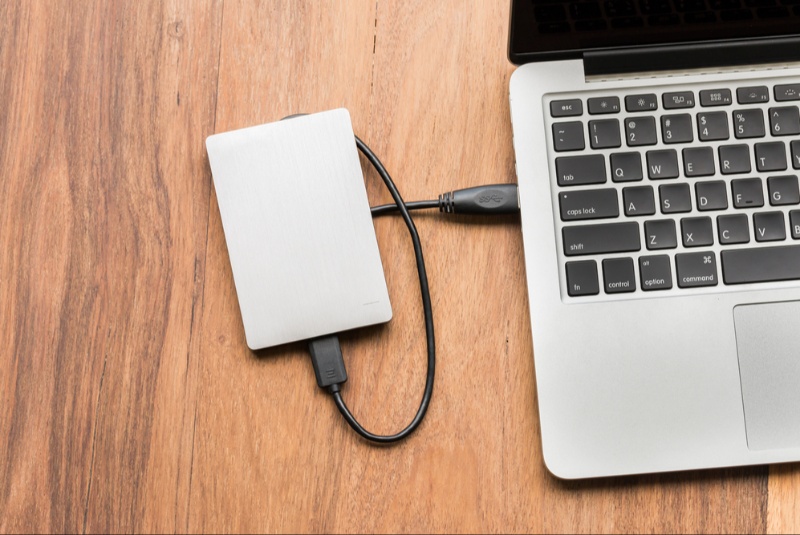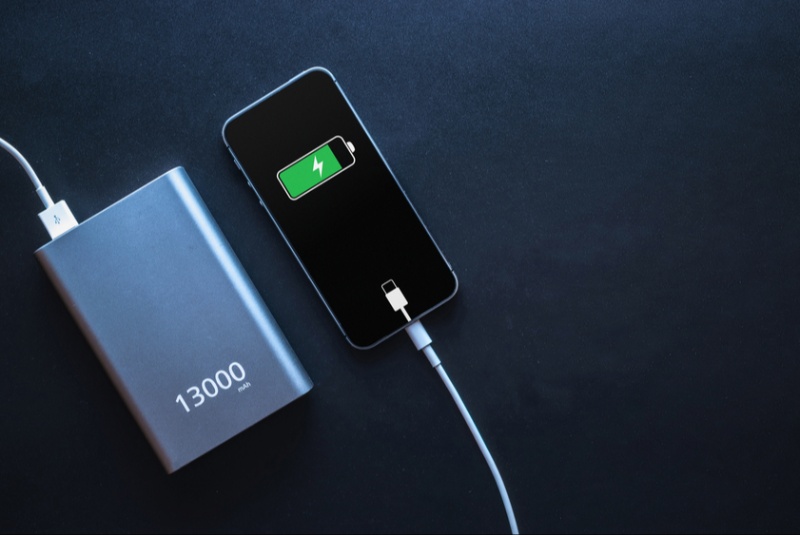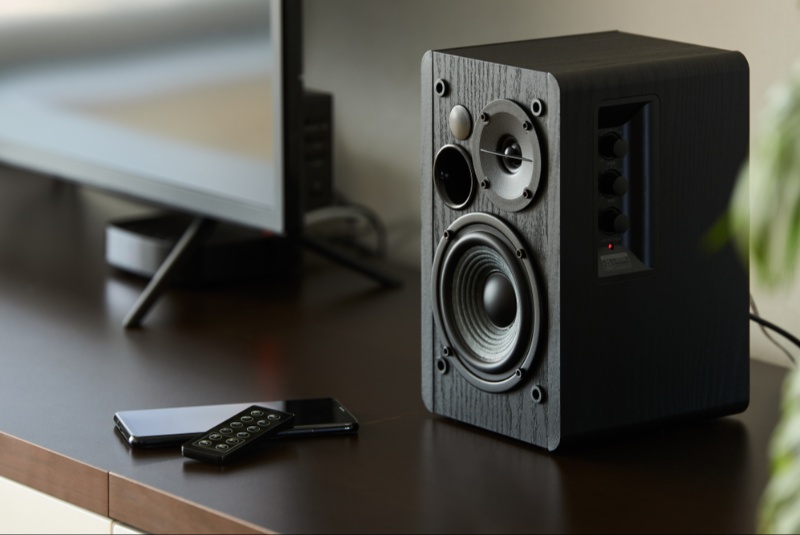In the digital age, where data has become the backbone of our personal and professional lives, selecting the best external hard drive is a crucial decision. This comprehensive guide will walk you through the key considerations, features, and tips to help you make an informed choice when investing in external storage solutions.
1. Understanding Your Storage Needs: Capacity Matters
Assessing Your Data Requirements
Before diving into the world of external hard drives, assess your data needs. Consider the types of files you'll be storing—whether it's documents, photos, videos, or large multimedia projects. Understanding your storage requirements is the first step in choosing the right capacity for your external hard drive.
Choosing the Right Capacity
External hard drives come in various capacities, ranging from a few hundred gigabytes to multiple terabytes. For basic document storage and light media, a smaller capacity drive might suffice. However, for photographers, videographers, or those dealing with large files, a higher capacity drive, such as 2TB or more, is advisable.
2. Drive Speed: Balancing Performance and Cost
Understanding Drive Speed Options
Drive speed is a critical factor that influences data transfer rates. External hard drives typically come in two speed options: Hard Disk Drives (HDDs) and Solid State Drives (SSDs). HDDs offer more storage at a lower cost but are slower, while SSDs are faster but come at a higher price per gigabyte.
Assessing Your Performance Needs
Consider your performance needs when choosing between HDDs and SSDs. If you require faster data access for tasks like video editing or running applications directly from the drive, investing in an SSD is beneficial. However, if cost per gigabyte is a priority and speed is less critical, an HDD may be more suitable.
3. Connectivity Options: USB, Thunderbolt, and More
USB: The Universal Standard
USB is the most common connectivity option for external hard drives. USB 3.0 and USB 3.1 offer fast data transfer speeds and are widely compatible with various devices. When choosing a drive, opt for USB 3.0 or higher for optimal performance and backward compatibility with USB 2.0 ports.
Thunderbolt: High-Speed Alternatives
For Mac users and those requiring even faster data transfer rates, Thunderbolt connectivity is an excellent option. Thunderbolt 3, in particular, provides high-speed data transfer and power delivery through a single cable. Ensure your device supports Thunderbolt if considering this option.

4. Portability and Durability: Factors for On-the-Go Users
Compact Design for Portability
Consider the physical size and weight of the external hard drive, especially if you plan to carry it with you. Portable drives are designed to be compact and lightweight, making them convenient for travel or use with multiple devices.
Rugged Designs for Added Protection
For users on the go or those working in challenging environments, ruggedized external hard drives with features like shock resistance and water resistance provide added protection. Assess your usage scenario to determine if a more robust design is necessary.
5. Backup and Security Features: Safeguarding Your Data
Built-In Backup Solutions
Many external hard drives come with built-in backup software that automates the backup process. Consider whether the drive offers features like scheduled backups, incremental backups, or cloud integration for added convenience.
Security Measures: Encryption and Password Protection
Protect your data with security features. Look for external hard drives that offer hardware or software encryption options and password protection. These features add an extra layer of security, especially important if you're storing sensitive or confidential information.
6. Brand Reputation and Reviews: Ensuring Reliability
Researching Brand Reputation
When investing in an external hard drive, consider the reputation of the brand. Established brands with a history of producing reliable storage solutions are often a safer bet. Research user reviews and testimonials to gain insights into the real-world performance and reliability of a specific model.
Checking Expert Reviews and Ratings
Consult expert reviews and ratings from reputable sources. Technology publications and websites often conduct thorough reviews of external hard drives, evaluating factors like performance, durability, and value for money. These reviews can provide valuable insights into the strengths and weaknesses of different models.
Tailoring Your External Storage Experience
Choosing the best external hard drive involves a thoughtful evaluation of your specific needs, performance requirements, and desired features. By understanding your data storage needs, considering drive speed, assessing connectivity options, factoring in portability and durability, prioritizing backup and security features, and researching brand reputation, you can make an informed decision. Tailor your external storage experience to align with your digital lifestyle, ensuring seamless access to your data whenever and wherever you need it.




